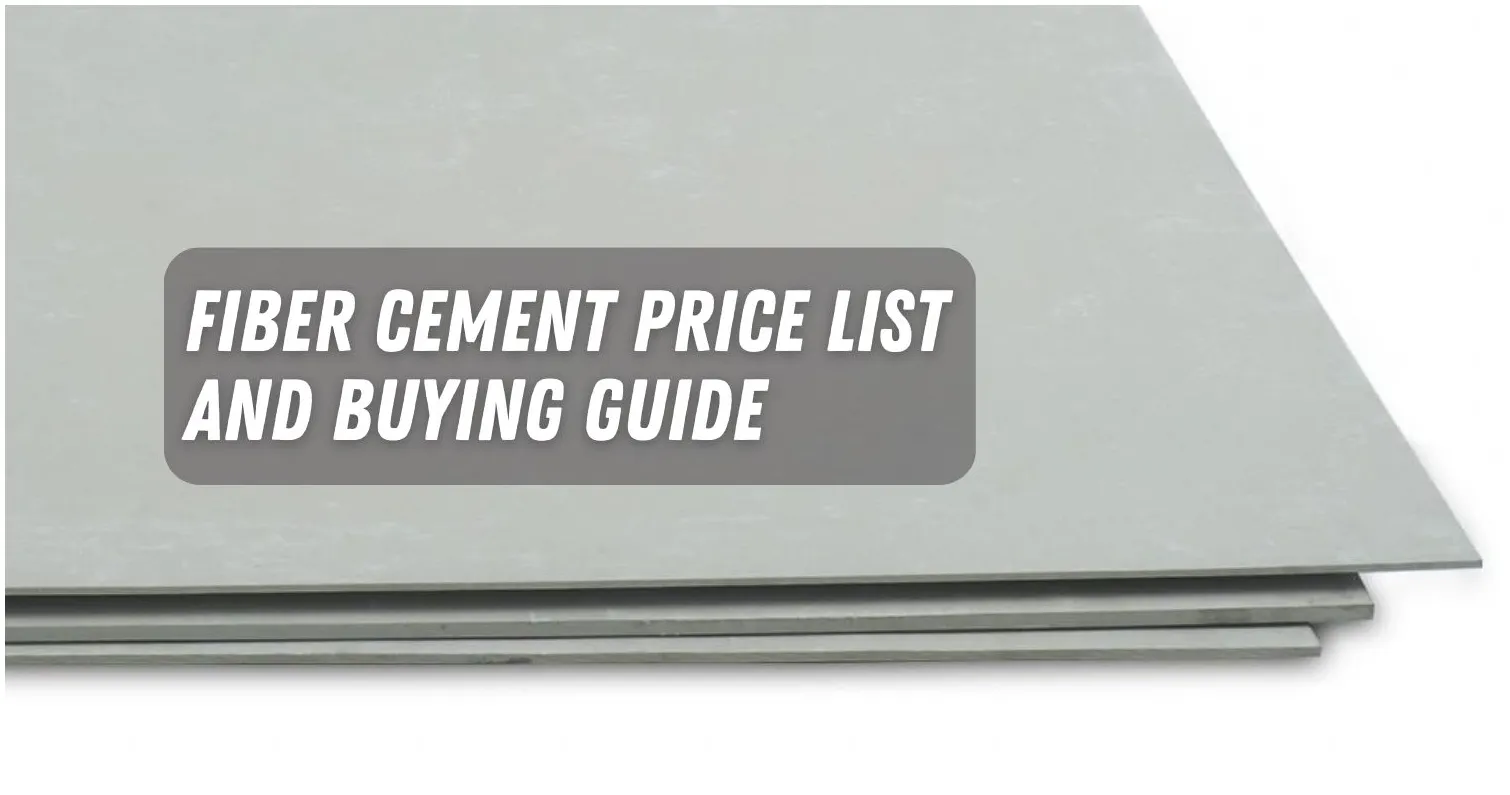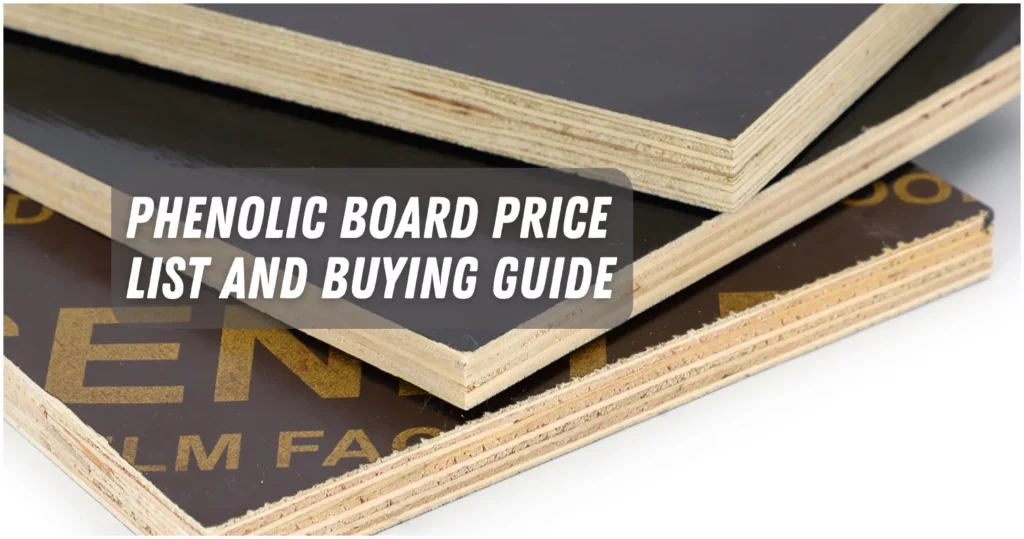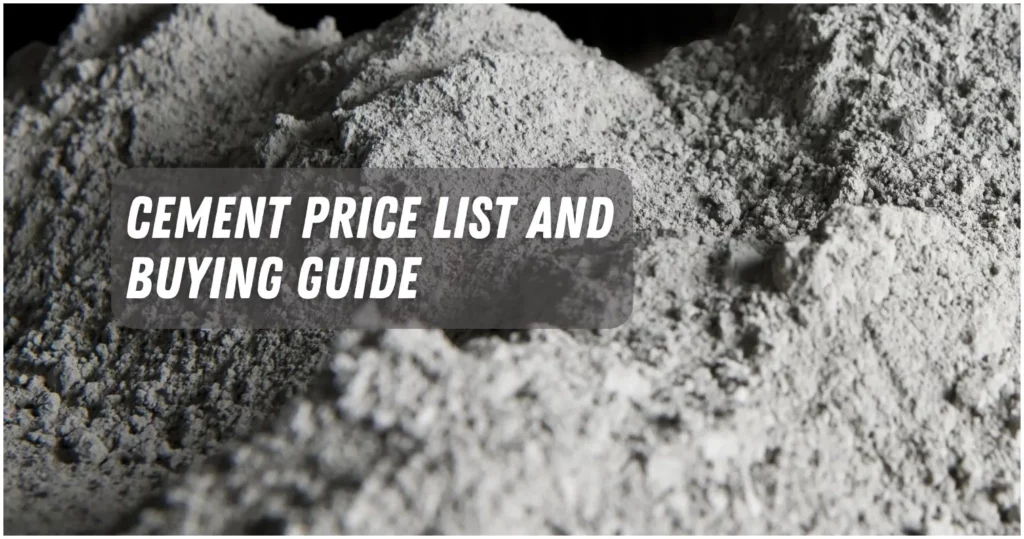Fiber cement board is a hybrid material that is used a lot in the Philippines for building and construction. It is strong and long-lasting, so it can be used for many different things.
When talking about fiber cement board in the Philippines, the price is an important thing to think about. The price of fiber cement board changes by thickness and brand.
This article talks about how fiber cement board can be used. It talks about the Gardner Fiber Cement Board, gives a fiber cement board price list in Philippines, and many more.
So let’s go and check this out:
What is Fiber Cement Board
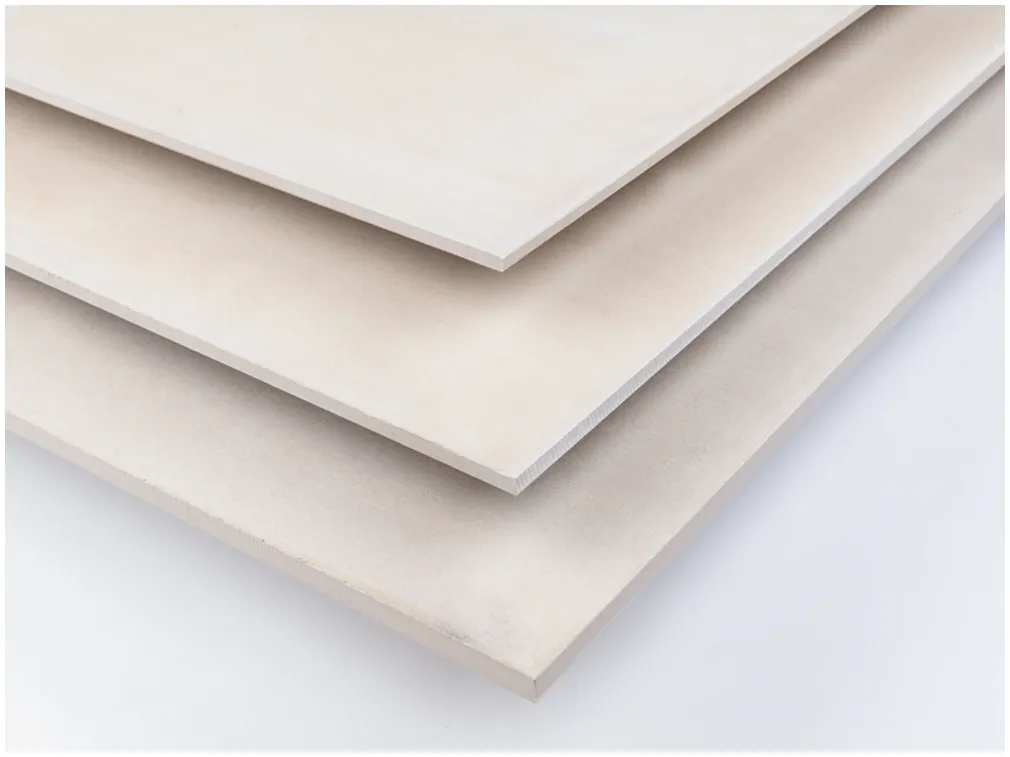
Fiber cement is a type of composite material that is used in building and construction, especially for roofs and walls. It’s known for being tough and strong.
It is made of Portland cement, sand, water, and cellulose strands that are all mixed together. Depending on who makes it, the exact ingredients can be different, and unique additives are often added to make the product work better.
This flexible material has a long life and comes in many sizes, colors, and styles, including some that look like wood boards and have patterns that look like wood grain.
Fiber Cement Board Uses
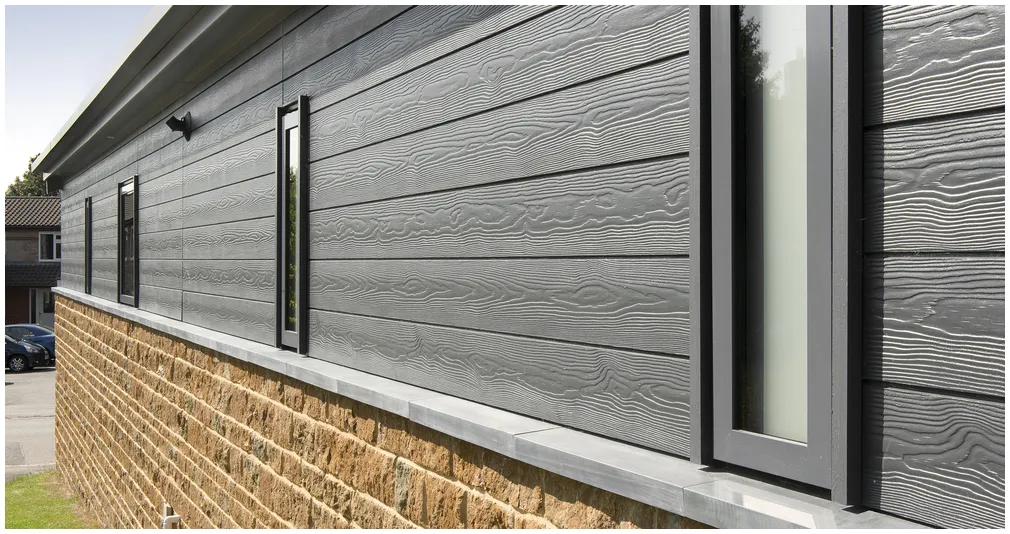
Fiber cement is used in building and construction for many different things just like particleboard. Some of the most popular uses are:
1. Flooring
Fiber cement boards are used as flooring because they are hard to break and don’t absorb water. They can handle heat and don’t easily catch fire.
2. Wall Cladding/Paneling
Sheets and boards made of fiber cement are used to cover the outside of walls. They are a good option to wood cladding and PVC/vinyl because they are long-lasting, easy to maintain, and don’t get damaged by the weather.
3. Gates and fences
Fiber cement is strong, so it can be used to make gates and fences that can stand up to bad weather and don’t rot, bend, or crack.
4. Tiling Backer Board
Fiber cement is used as a base for flooring in places that get wet, like bathrooms and kitchens. It doesn’t get damaged by water or stay damaged by water, and it doesn’t need to be treated before tiling.
5. Internal and External Lining
Both the inside and outside of a building can be lined with fiber cement boards. They can be covered or used as a base for tiles, and the outside can be finished with paint or other textures/cladding materials.
6. Fire-Rated Partitions
Fiber cement boards don’t catch fire and are very resistant to fire, which makes them perfect for building safe walls.
7. Substrate for Tiling
Fiber cement boards make a strong, water-resistant base for tiling on floors and walls.
8. Soundproofing
Fiber cement boards do a good job of blocking out sound. Making it suitable for applications where sound reduction is desired.
9. Waterproofing
Fiber cement is used to keep water out of certain places, preventing wetness from getting in.
Overall, fiber cement is a versatile material that can be used in many different ways in the building industry because it is strong, doesn’t get damaged by water or fire, and requires little upkeep.
Gardner Fiber Cement Board
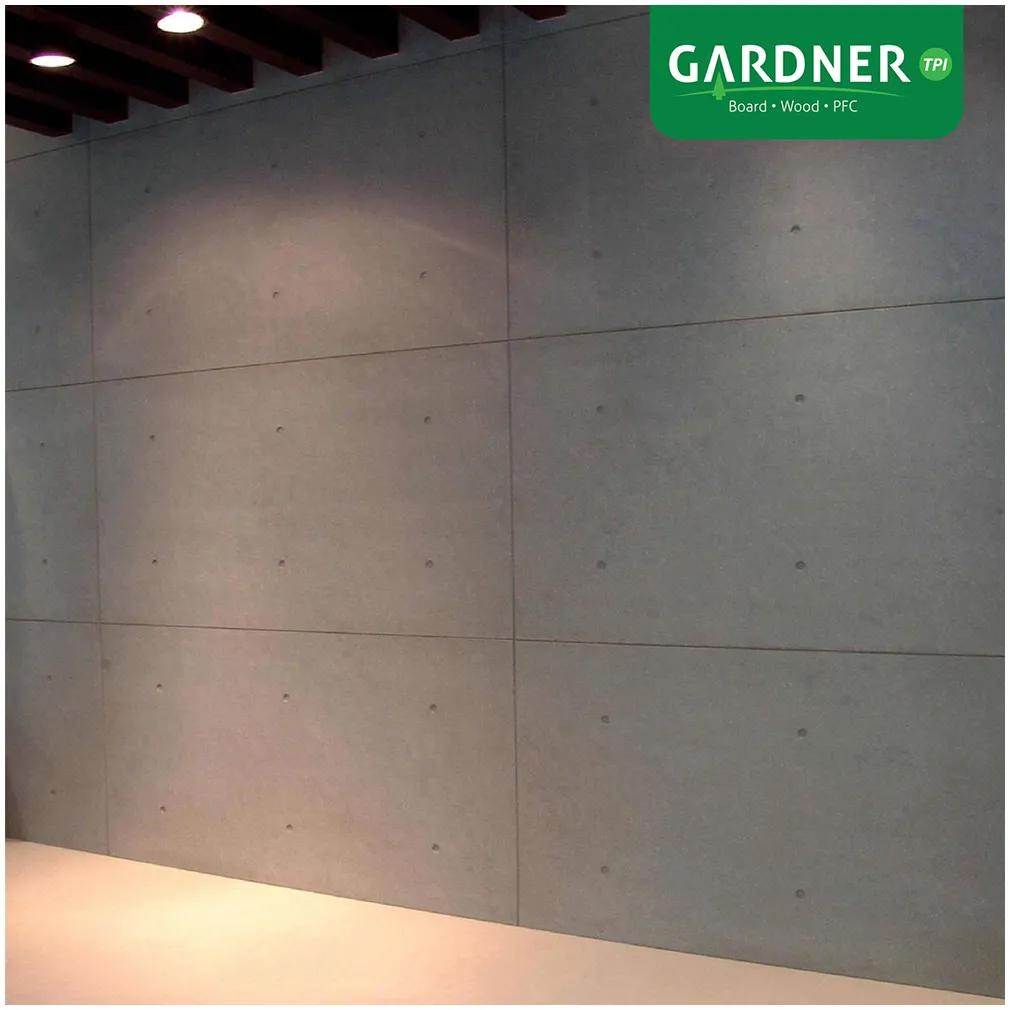
Gardner Fiber Cement Board is a high-quality type of fiber cement boards that can be used for ceilings, cabinets, and claddings that need to last a long time. It is known for being resistant to both water and heat, which makes it useful in many situations.
Gardner sells two kinds of boards made of fiber cement:
1. Gardner TPI Ceiling Fiber Cement Board
This product has a flat, smooth surface and a finish that is not colored. It is available in four different thicknesses, running from 3.5 mm to 6 mm.
2. Gardner TPI Wall Fiber Cement Board
This product is made to divide walls and cover them. It comes in both smooth and patterned versions.
The rough boards come in three different finishes, but the smooth wall boards don’t have any color. From 6 mm to 12 mm, you can choose how thick the wall blocks are.
The main ingredient in Thailand’s Gardner Fiber Cement Board is cement, which is held together with natural fibers. Pulping, emulsion, rolling, pressing, autoclaving, drying, and treating the surface are all parts of the making process.
This makes a building and decorating board that is both light and stable.
In conclusion, Gardner Fiber Cement Board is a good choice because it is resistant to moisture and heat and comes in different options for ceilings and walls, making it a lasting and flexible choice for building and design projects.
Fiber Cement Board Price List
The price of fiber cement board Philippines can be a little bit cheap or very expensive. Here is a list of the prices for the fiber cement board.
| Item | Thickness | Price |
|---|---|---|
| Textured and Colored Fiber Cement Board 3 m x 20 cm | 7.6 mm | ₱260 |
| Shera Fiber Cement Board 1.2 x 2.4 m | 3.5 mm | ₱330 |
| Shera Fiber Cement Board 1.2 x 2.4 m | 12 mm | ₱2,430 |
| Gardner Wall Fiber Cement Board 1.2 x 2.4 m | 3.5 mm | ₱330 |
| Gardner Wall Fiber Cement Board 1.2 x 2.4 m | 6 mm | ₱540 |
| Gardner Wall Fiber Cement Board 1.2 x 2.4 m | 9 mm | ₱850 |
| Gardner Wall Fiber Cement Board 1.2 x 2.4 m | 12 mm | ₱1,220 |
| Gardner Wall Fiber Cement Board 1.2 x 2.4 m | 15 mm | ₱1,770 |
| Wood-Pattern Fiber Cement Board for Cladding 2.4 m x 20 cm | 7.5 mm | ₱355 |
| Hardiflex Fiber Cement Board 1.2 x 2.4 m | 3.5 mm | ₱450 |
| Hardiflex Fiber Cement Board 1.2 x 2.4 m | 4.5 mm | ₱550 |
| Hardiflex Fiber Cement Board 1.2 x 2.4 m | 6 mm | ₱760 |
| Hardiflex Fiber Cement Board 1.2 x 2.4 m | 9 mm | ₱1,170 |
| Hardiflex Fiber Cement Board 1.2 x 2.4 m | 12 mm | ₱1,620 |
| Grooved Fiber Cement Board 1.2 x 2.4 m | 8 mm | ₱790 |
How to Choose Fiber Cement
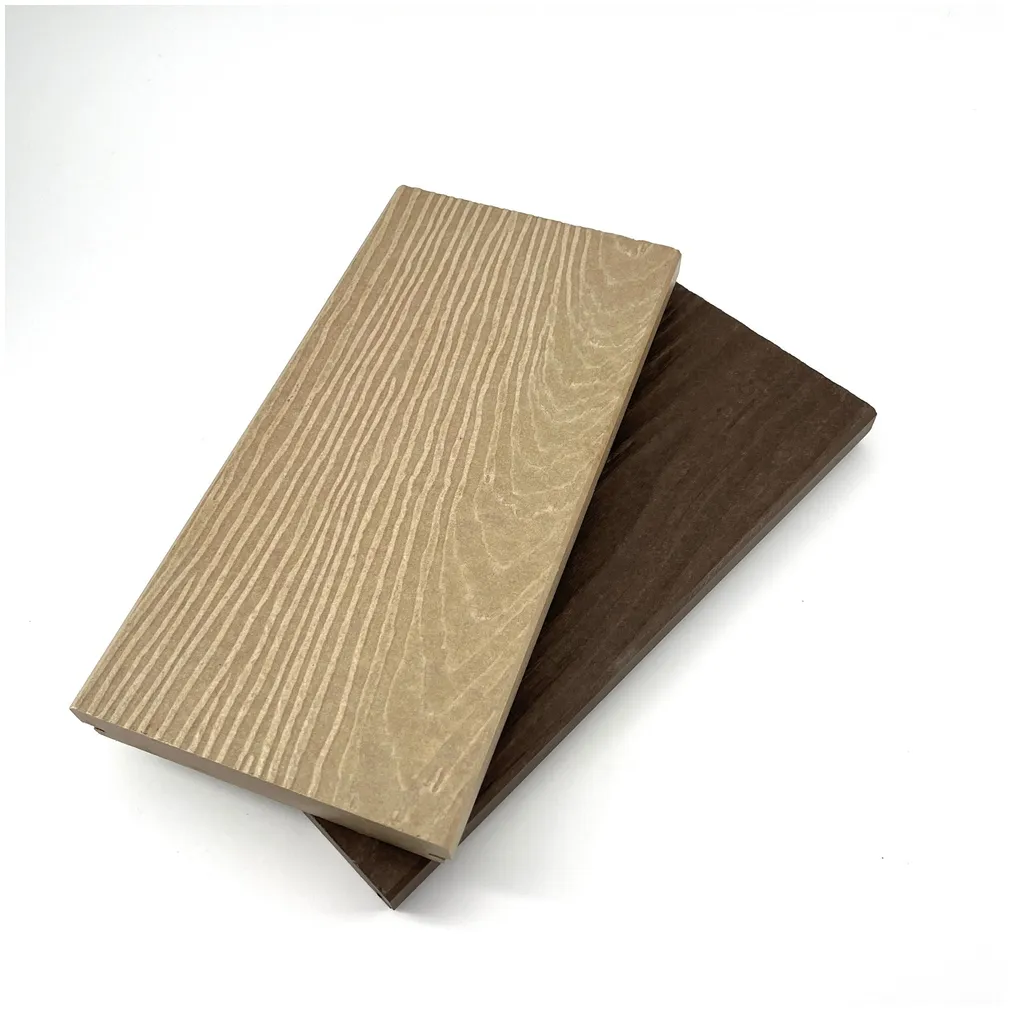
Think about the following when picking fiber cement for your home:
Design and Aesthetic Appeal
If you want your house to look modern and dramatic, you can choose fiber cement flooring with geometric modules, colors that contrast, and windows that are set back.
Options like white plaster and bark-colored Vintage Wood can create visual boundaries and color contrasts while making it look like real wood paneling.
Texture and warmth
If you want to add depth and a warm welcome, think about using fiber cement walls with different textures. Planks that look like wood, like Sierra Premium Shake, can look nice with clean, smooth panels, like Architectural Block. Sierra Shake has a natural warmth, can be put up faster, is more durable, and has modern mitered edges.
Climate
Fiber cement siding works well in a variety of temperatures, which makes it a flexible choice. Think about the weather in your area:
- Fiber cement flooring is resistant to fire and can be a good choice in places where wildfires are common. In places where wildfires are common, some insurance companies even give savings to people whose homes have fiber cement siding.
- Fiber cement siding is unaffected by salt air, humidity, sun exposure, and the possibility of hurricanes in coastal places. When placed by a professional, fiber cement can stand up to strong winds.
- In cold northern regions, fiber cement siding doesn’t crack when it freezes and thaws. It can also handle temperatures below zero.
- Since termites and mold can’t eat fiber cement flooring, it keeps them away from homes in the south, where it’s humid and pests and mold are common. It can also stand up to a lot of sun.
If you think about these things, you’ll be able to choose the right fiber cement siding that fits your style tastes and is durable and resistant to the weather in your area.
Advantages and Disadvantages
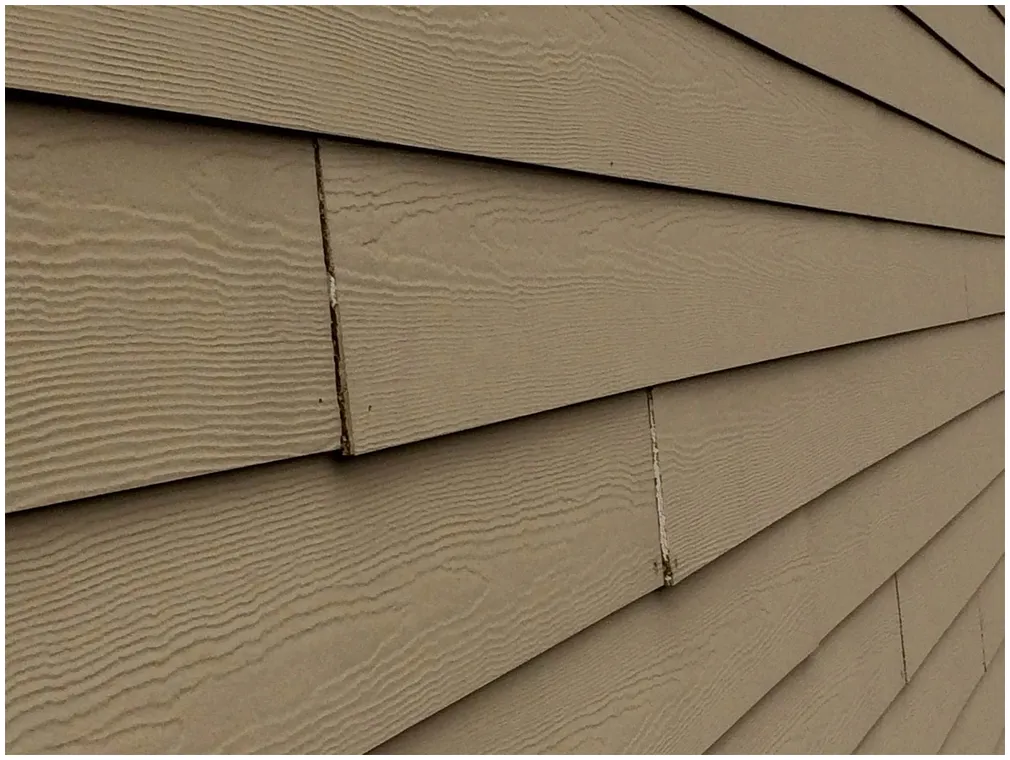
Boards made of fiber cement are a great building material. Using these boards will help you in some ways, but it will also hurt you in some ways.
Fiber cement Pros:
- Durability: Fiber cement flooring is known for being strong and can come with a 50-year warranty, so it works well for a long time.
- Fire Resistance: Unlike wood flooring, fiber cement doesn’t catch fire, making your home even safer.
- Insect resistance: Since insects don’t eat fiber cement, it is not damaged by pests like termites.
- Low Maintenance: Unlike wood siding, which needs to be painted every few years, fiber cement siding doesn’t need much care, so it costs less to keep up.
- Versatility: Fiber cement siding can be made in different shapes, sizes, and colors, so it can be used with different building types and personal tastes.
- market Value: Fiber cement siding can help a home’s market value because it looks good and lasts a long time.
Fiber Cement’s Cons:
- Cost: Fiber cement siding is usually more expensive than vinyl or wood siding, which can affect the budget for the whole job.
- Installation Difficulty: Fiber cement flooring is heavy, which makes it harder to install and could make it cost more.
- The process of making fiber cement siding often includes large factories and long-distance shipping, both of which can be bad for the environment. Also, fiber cement can’t be recycled.
- Insulation: Fiber cement flooring alone doesn’t provide enough insulation, so you’ll need to use other insulation methods to make your home as energy-efficient as possible.
- Even though fiber cement has benefits like being durable, resistant to fire, and low upkeep, it is important to think about things like cost, installation challenges, environmental impact, and insulation needs when choosing the right siding for your project.
Fiber Cement Alternatives
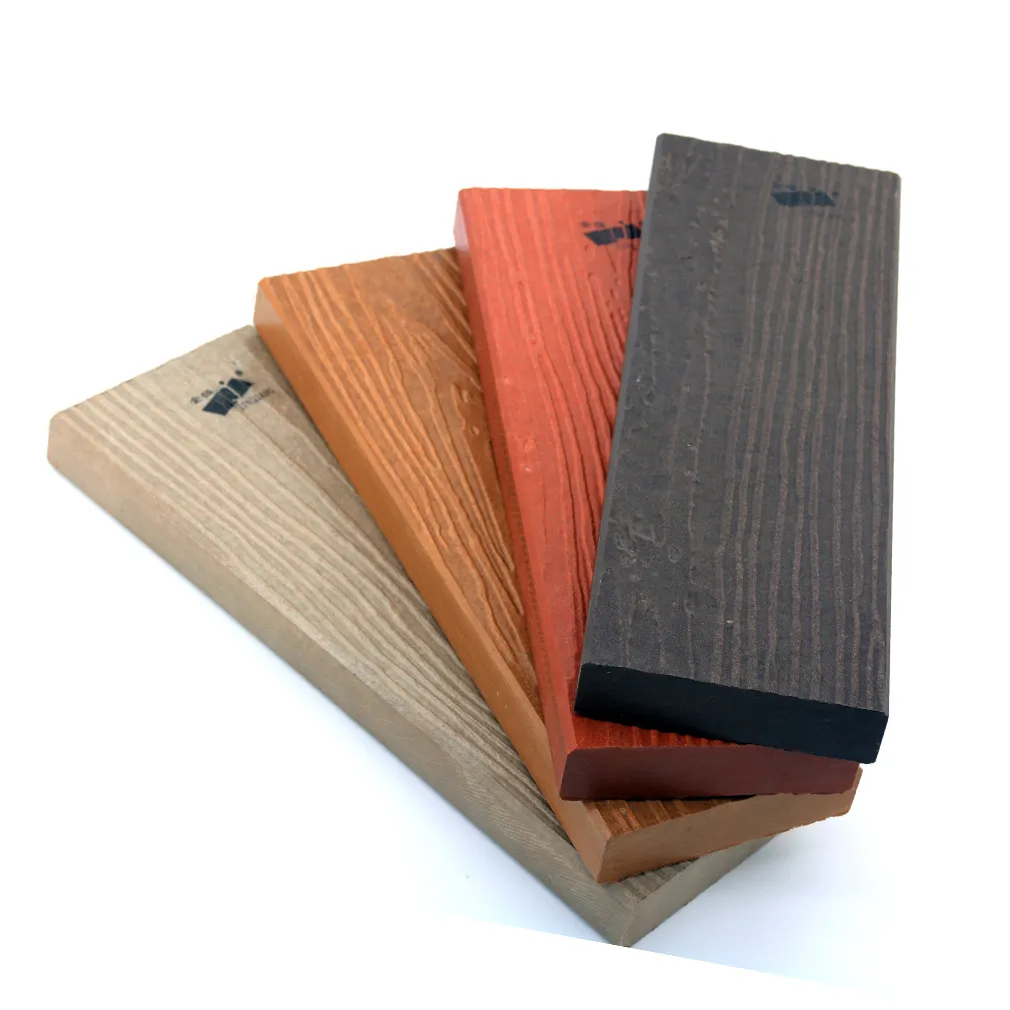
Some options to fiber cement siding are:
Wood
Wood siding is a traditional option to fiber cement that can be used in many ways. It has a classic and natural look, and there are many ways to create it.
But wood siding needs to be taken care of regularly, can be damaged by water, and can have problems like rot and bug infestation.
Metal
Metal roofing is strong and safe, especially when it comes to fire risks. It comes in different colors and styles, giving designers more options for how to use it.
But the quality and dependability of metal siding can vary a lot, so you need to do a lot of study before picking one.
Vinyl
Vinyl is a popular and inexpensive choice for covering. It comes in a lot of nice colors and isn’t too hard to put together.
But plastic siding might not last as long or be as useful in the long run as fiber cement. Strong winds and bad weather can damage it, which can lead to cracks, fading, and the need for repairs over time.
When making a choice, it’s important to think about the pros and cons of each option, such as how much upkeep is needed, how long it will last, how it looks, and how well it will work in the long run.
Fiber Cement FAQ
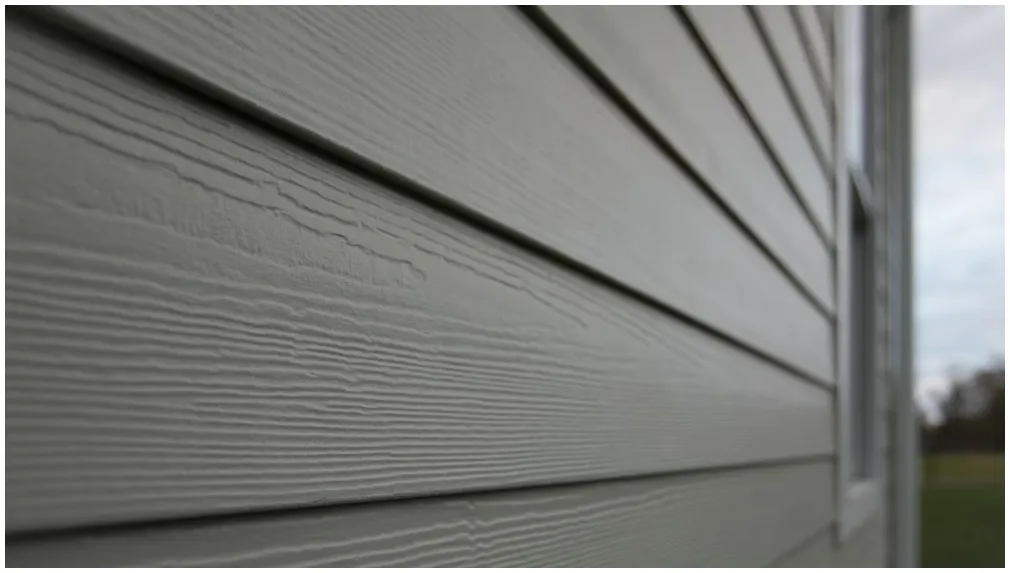
What can you do with fiber cement?
It can be used to cover the outside of a house or to replace wood fascias and barge boards in places where there is a high risk of fire. Fiber cement is often used as an underlayment for tiles on decks and in bathrooms. It is also used to line soffits and eaves.
Is hardiflex a board made of fiber cement?
HardieFlex® boards are made with the right mix of cellulose fiber, cement, sand, and water. There are NO ASBESTOS in them. This makes our boards easy to use in different ways and strong enough to last for a long time.
Does fiber cement make a good floor?
Fiber reinforced concrete floors are one of the strongest, most sturdy, and longest-lasting types of flooring in the UK. Because it is strengthened with fibers, this type of flooring is much better at keeping its shape than concrete that isn’t reinforced.
Is fiber cement resistant to water?
Fiber cement can’t be hurt by water or termites, and it won’t rot or bend. As a long-lasting option to wood cladding, fiber cement has the same clean look without the need for regular maintenance and the risk of damage from heat and moisture.
Do cracks form in fiber cement?
Fiber cement flooring is made of brittle materials, so it can easily break, crack, and shrink when exposed to moisture and changes in temperature. Fiber cement is heavy, so you need two people to move it without breaking it.
What is the lifespan of fiber cement?
50 years On the other hand, fiber cement roofing is very strong and can last up to 50 years. Both types of flooring are easy to take care of, but fiber cement can usually be repainted every few years to make it look better from the street.
Can you put a roof made of fiber cement board?
Applications. Corrugated fiber cement boards can be used to make hangers and roofs for new or remodeled business, residential, agricultural, or industrial buildings. They can also be used as cladding or siding on these types of buildings. You can use these sheets instead of old ones made of asbestos or metal.
Can HardiFlex be used as a floor?
Can floors be made out of HardieFlex® Fiber Cement Boards? Yes, HardieFlex® Flooring 16.0mm can be used as a subfloor for flooring inside a home.
How strong is board made of fiber cement?
Fiber cement flooring is as strong as cement, has a class 1A fire rating, can’t be eaten by insects that eat wood, doesn’t rot, and doesn’t break down from salt and UV rays.
Can termites’ damage fiber cement?
The Choice That Is Good for the Environment If you use cement flooring, termites will not be a problem.
[ratings]